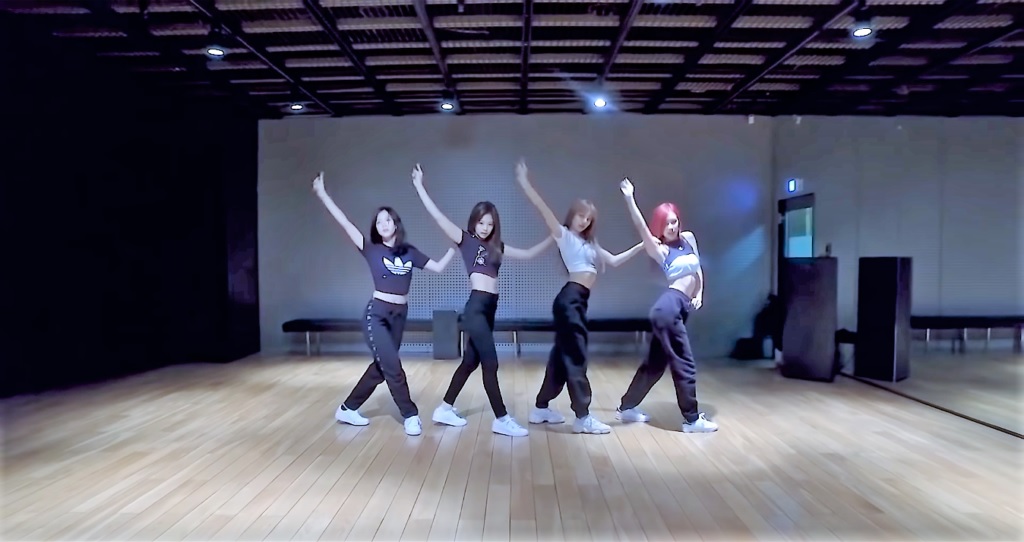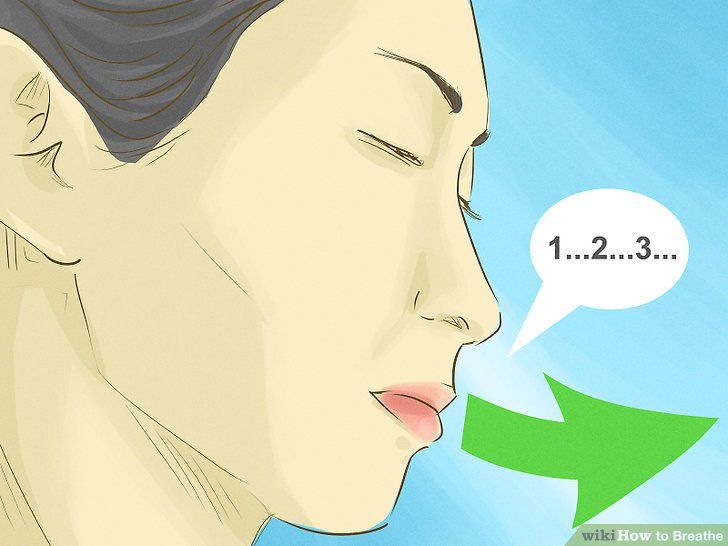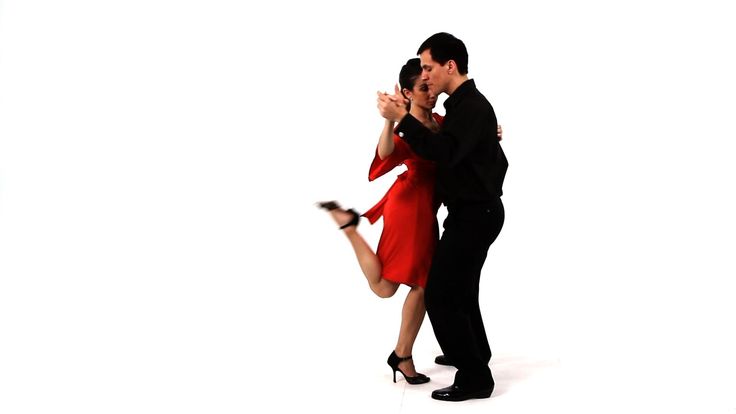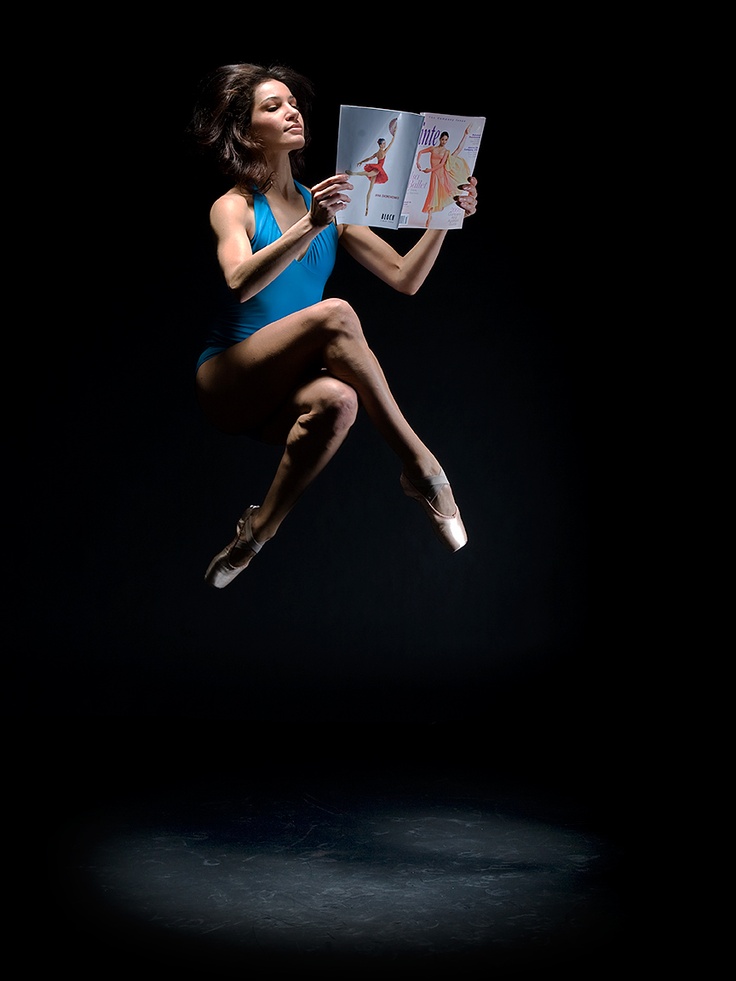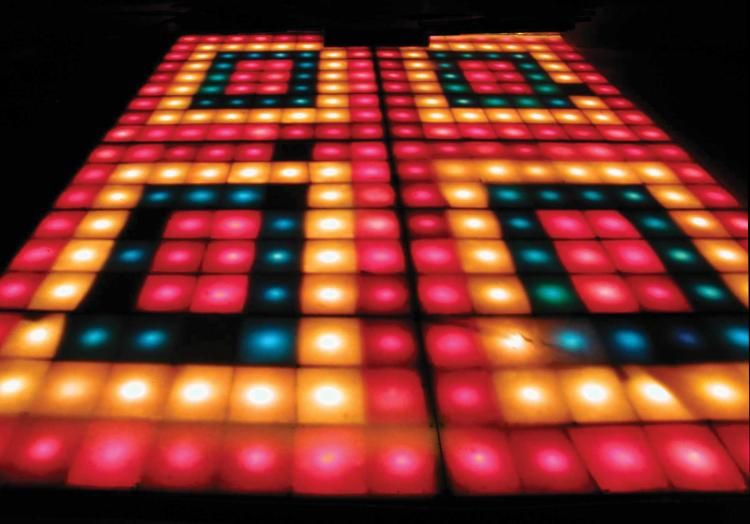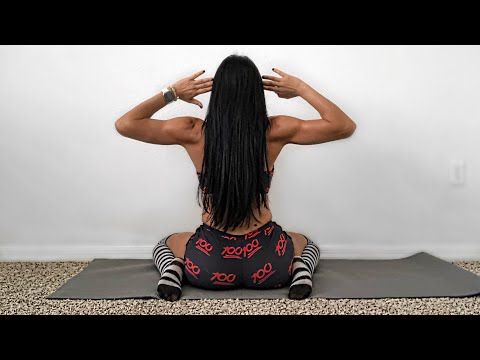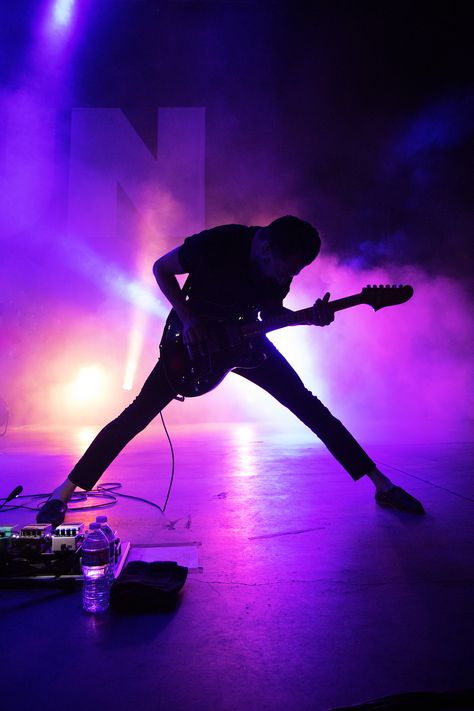How to dance argentine tango steps
5 Argentine Tango Steps for Beginners — Ultimate Tango School of Dance
Tango has a rich history and background, originating in the late 19th century in the streets of Buenos Aires, Argentina, and Montevideo, Uruguay. It lets couples express their emotions through the fluidity of unique movements, setting it apart from other dances with a music style of its own.
When embarking on a journey, it’s often the first few steps that are the most important.
Like studying a new language, the best way to learn the Argentine Tango is to start with the basics and work your way from there.
It can seem daunting, but you’ll be surprised how mastering these 5 Argentine Tango steps will have you dancing in the right direction.
Tango instructors Diego Blanco and Ana Padron of Howcast executing a forward ocho.
First on our list is the Ocho, Spanish for "eight. ” This is one of the oldest and most important basic figures in Argentine Tango. Tango was originally danced outdoors or in tango bars, where the ocho, but what appears to be an infinity sign, is drawn on the dusty floors by a couple facing each other, with one step in one way and the other step in the opposite.
There are many types of ochos, or figure eights, that may be led several ways,
as long as the knees remain soft and no unnecessary movements are made. These are the most common ochos with short descriptions from MasTango and Argentine Tango Lab:
Ocho adelante/defrente (forward/front ocho): Feet tracing a figure “eight” on the floor by the follower’s feet when she walks forward.
Ocho atrás (back ocho): Feet tracing a figure “eight” on the floor by the follower’s feet when she walks back.
Ocho cortado (cut ocho/cut eight): Change of direction: Occurs when a forward cross within molinete or an ocho-like movement is stopped and sent back upon itself. Typical in social-style tango where many such ‘brakes’ or ‘cuts’ are used to avoid collisions. Describes a movement done on either foot, pivoting forward or backward, and going either left or right.
Typical in social-style tango where many such ‘brakes’ or ‘cuts’ are used to avoid collisions. Describes a movement done on either foot, pivoting forward or backward, and going either left or right.
Ocho milonguero (non-pivot ocho/lazy ocho): Ochos led and followed without substantial torso and hip pivoting.
Ochos en Espejo (Ochos in the mirror): The leader and the follower execute forward or back ochos simultaneously, mirroring each other's movement.
For beginners, it is suggested to learn the forward ocho first, as it is incorporated into a variety of other figures. This is a simplified outline of the steps in the Forward Ocho from the Traverse City Tango Club’s notes:
The Forward Ocho consists of a front cross step (follower steps between and perpendicular to the line between the partners), followed by a half-turn pivot to repeat a front cross with the other foot in the opposite direction. The important thing to notice here is that one needs a combination of TWO crosses to create ONE ocho!
A front cross like the Ocho Adelante can be initiated from almost anywhere.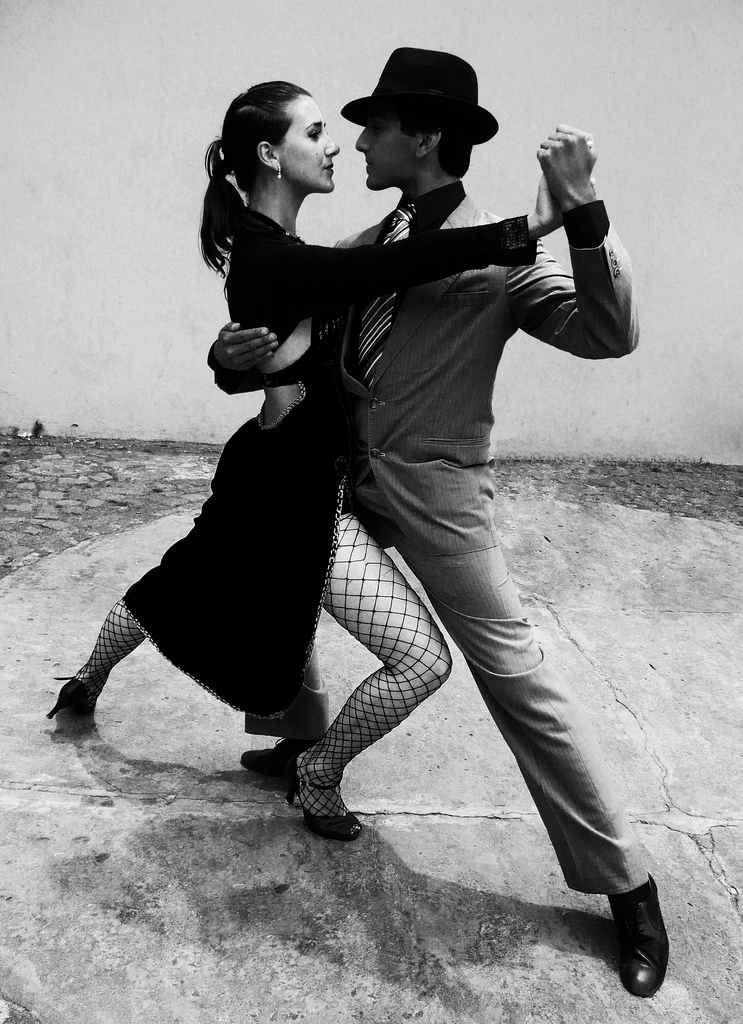 But the two common starting points for beginners who are learning Argentine Tango are from the Cross (step 5 in the Basic Eight) and from step 2 in the Basic Eight.
But the two common starting points for beginners who are learning Argentine Tango are from the Cross (step 5 in the Basic Eight) and from step 2 in the Basic Eight.
To exit from the front Ocho, the easiest way is to stop one of the pivots at a quarter turn. This is to come into the position where the follower is facing the leader.
Giro/MolineteHear Anita’s explanations walking us through a Molinete.
Giro (pronounced "hero"), Spanish meaning turn, is also known as the Grapevine because it resembles a chain of steps strung together by the leader and follower. It is also called Molinete, which translates to "windmill" in English, since, like a windmill has four wings that turn one way or the other and change direction with the change of the wind, this figure has four steps wherein the pattern travels in one direction, continuously repeating the same four steps in the same order until... the wind changes it.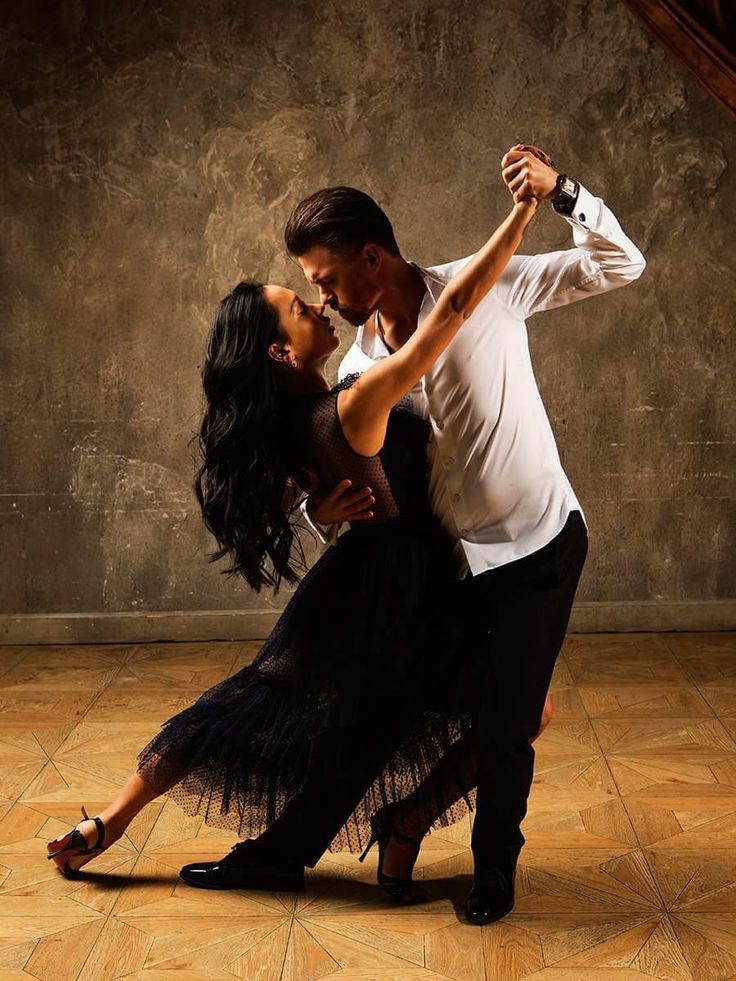 I mean, the leader changes it.
I mean, the leader changes it.
The molinete can be danced in a circle or in a line, but the principles and the mantra-like repetition of four steps remain the same.
It starts with a combination of side steps, back steps, side steps, forward steps, side steps, back steps, side steps, and so on. It is, however, more than just a set of steps to be memorized. It is a vital technique for improvising spins, pivots, and maneuvers on the dance floor, and is arguably the richest figure in Argentine Tango due to its various modifications.
As explained by Tango Principles, the molinete can also be "straightened out" and used for corridas (runs). The most common timing of the molinette is the slow-quick-quick-slow for the slow back cross, quick side step, quick front cross, followed by a slow side step.
Another way of looking at it is that the side step that follows the back cross is the only step in the sequence that falls on either 2 or 4 in the music.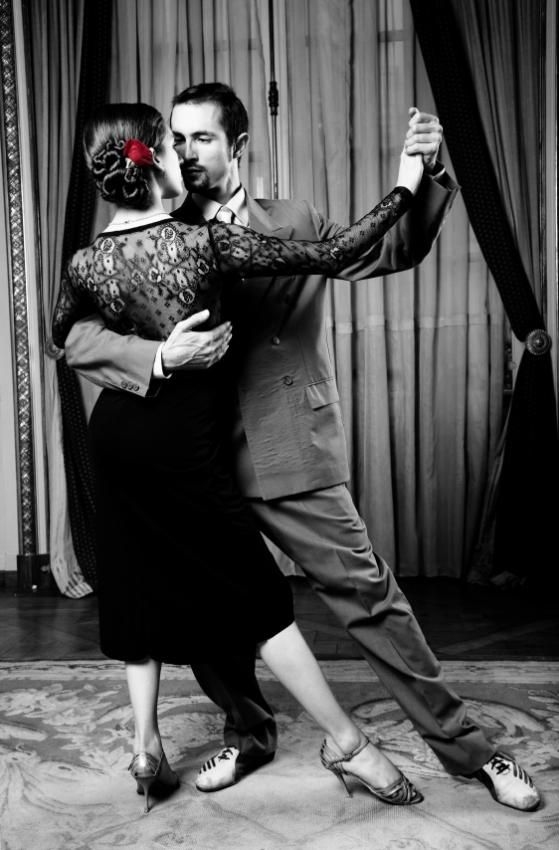 Everything else is either 1 or 3. But the molinete can also be done with a slower timing – all on the 1’s and the 3’s – or with a faster timing – on the 1-2-3-4-1-2-3-4, etc. A clear lead is required for both of these, for by default most women will do the quick-quick-slow.
Everything else is either 1 or 3. But the molinete can also be done with a slower timing – all on the 1’s and the 3’s – or with a faster timing – on the 1-2-3-4-1-2-3-4, etc. A clear lead is required for both of these, for by default most women will do the quick-quick-slow.
Third, we have the fun-loving sacada, from the Spanish word "sacar," which means "to take out" or "to take away."
Also known as a displacement, it is a distinctive foot and leg play seen in tango but not in any, other dances.
Sacada has many variations, but it's best to learn the simple sacada forward before progressing to back sacadas. It’s usually done to follower's front cross or sidestep when one partner (usually the leader) seemingly pushes the partner's unweighted leg out of its original position by merely pretending to touch, push, or kick it to immediately take that void with a quick transition of weight and light touch to the foot, thigh, or calf, but never with the ankle or knee.
Below, Planet Tango elaborates on the 3 types of Sacada, but there is more and we described it HERE
A Front Sacada
A typical front sacada can take place [in] her forward motion, entering in parallel or crossed-leg fashion, that he may enter with either his right or left leg.
In the illustration, the position of the legs follows the alignment of the upper torsos in Body Position 6, that is, her right breast is lined up with the center of his chest so the shoulders are at an approximate 45 degree angle to each other.
As he marks a forward step, he receives her motion with his right foot reaching past the front of her left shoe, touching the floor mostly with the inner edge of his shoe. Her weight is evenly distributed between both legs, so she is in the middle. His weight is also evenly distributed, so he is also in the middle.
To execute the displacement, he transfers his weight forward to his right foot, bringing his body forward as he begins to rotate his torso to his right.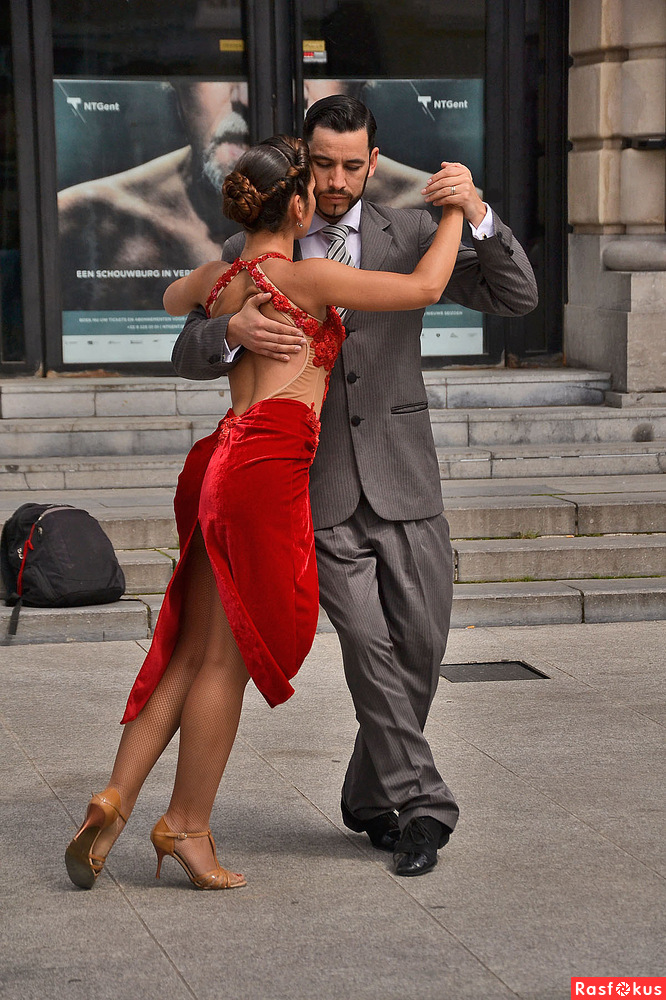 The resulting effect is that the motion of his body forward and the rotation of his torso, provokes a transfer of her weight to her front leg, a rotation of her torso to the right over her right leg, and a displacement of her left leg as his right leg occupies the space that her left leg was occupying.
The resulting effect is that the motion of his body forward and the rotation of his torso, provokes a transfer of her weight to her front leg, a rotation of her torso to the right over her right leg, and a displacement of her left leg as his right leg occupies the space that her left leg was occupying.
Side Sacada
A typical side sacada opportunity occurs when the bodies are aligned in Body Position 8, both shoulders in line facing in the same direction.
The man receives the forward step of the lady with the opposite leg. That is, if she is moving forward with her left, he creates the displacement with his right.
Back Sacada
To execute a back sacada, he needs to position himself in such a way that he steps back into the direction in which she is traveling.
This will require a double step action so his support leg will travel with her opening leg and as she sets foot on the ground, he backs into her path with his free leg.
Once his metatarsus [is set] firmly on the ground, he elongates his calf to allow his heel to settle down on the floor bringing his body over and producing contact with her leg and displacing her body.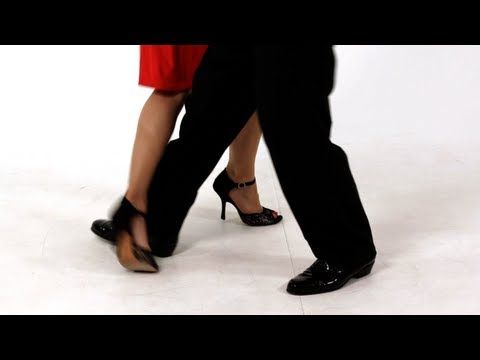
When she receives a sacada, she should be already on both legs with her body in the middle. As his body crosses her path and displaces her body, she needs to stay vertical and balanced on her support leg because a sacada will always provoke a rotation of her body over her support leg. Please, refrain from swinging the displaced leg like a scythe.
If executed gracefully, a sacada becomes the highlight of the dance; nevertheless, since it needs precise movement, it is one of the most difficult figures to teach, learn, and understand. When a dancer becomes overly focused on completing the sacada, the dancers risk injury and the beauty of the dance fades.
PasadaEndre Tango suggested that if you are receiving a sacada, be mindful of the timing and remove your leg a little later from where your partner placed it, rather than too soon. During the motion, think about stretching your leg and making space for your partner’s foot rather than about taking away yours. Once you do, remove your leg, then execute with a relaxed, bent knee.
In this way, one can avoid getting caught like a hook in each other’s feet.
Jenny & RicardoOria explaining a pasada
Improvisation is one of the best parts of a tango, and one figure that makes a sequence more exciting is when (usually) the leader performs a parada (or "stop") with his foot, leading the follower to turn sideways and elegantly step over the lead's extended leg, which is placed next to her standing leg, in the fourth move on our list, the "pasada."
A very unique figure in tango. Pasada literally translates to "stepping over" or "passing over", and it requires a deep connection between the partners to perform it successfully as it is a chance offered by the leader to the follower to add her own spice to the dance without force. It is frequently performed towards the end of a molinete or a mordida that leads into a forward ocho or barrida.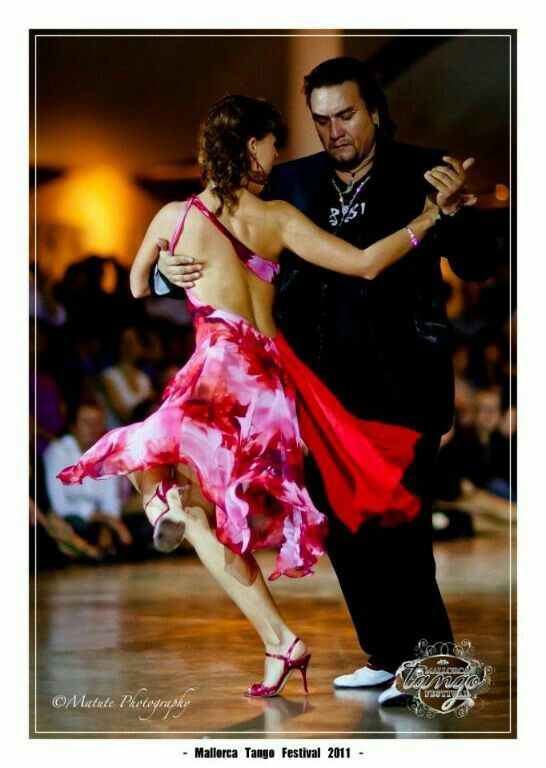
According to Tango Student,, there are three options for the pasada.
(1) Step over it regularly.
(2) Rhythmic Step: Follower takes a little 2" step back with the free leg, then a side step that clears the front of Leader's foot by an inch or two, opening up a channel for her to step through forward with her free leg (in this pasada, the Follower's step around lands in exactly the same place as if she passed over regularly -- i.e., close and around Leader). The timing of this pasada option is QQS.
(3) Big fan where Follower's foot fans out to touch the back of Leader's back foot.
All of these pasada options can be combined.
The leader shall lead the passada and not wait for the follower to do it.
However, there is a slight, though quite meaningful difference between passively waiting and giving the Follower space to fill up with her adornos.
Depending on the follower’s preferences she can do variations such as lustrada; she can raise her leg high or keep it low while passing over; done by the lead with his foot while the follower moves forward, passing over his foot and allows the follower to create an adorno.
SanguchitoRemember though that those kinds of adornments shall not be done mechanically. Just like in life brushing against someone esle’s body - can be read for what it is - brushing again someone’s body. So use it when you mean it, not just because you think of it as a step.
Miriam Larici & Leonardo Barrionuevo demonstrate how to do the Sandwich
Last but not least, is the Sanguchito, which is referred to by so many names, such as Sandwich or Bite in English, or El Sandwich, El Sandwichito, El Sanguche, Mordita or Mordita (mor-DEE-tah is Spanish for tiny bite, or to clutch.)
A funny story associated with the origin of the name of this step, as written by Tango Argentino Rioplatnse, is that a milonguero who, during a tango party, "wedged" his partner's foot between his own feet, stopped the dance for a moment to take a sandwich out of his pocket, took a big bite (mordida) and shortly afterwards, resumed the dance!
There are several variations for Sanguchito and the most common sandwich sequence as per Tango Notes is:
Starting from back ochos.

Leader's right foot paradas the outside of the follower's left foot.
Leader's left foot sandwiches the follower's left foot.
Leader's right foot crosses behind their left.
The follower's right is led to a stepover/pasada.
Learning Argentine Tango is not as difficult as it looks. It's like immersing oneself in an unfamiliar language one likes to learn nonetheless. To overcome language barriers, one should learn the complexity of language AND the culture of where it originates from.
When experienced dancers learn these steps by body and mind, it quickly becomes second nature to them, much like a second or third language. Inexperienced dancers, however, must first overcome ‘language’ barriers by letting go of their preconceived notions of Argentine Tango and immersing themselves in the dance.
True to human nature, words, whether written or spoken, regardless of the language they are in, with all of their complex meanings, are preserved in our minds. The analytical part of the mind requires the application of science. It focuses on what one sees, hears, touches, smells, and tastes. Intuition, on the other hand, might be disregarded as irrelevant, trivial, and even unscientific. It is the ability to think outside the box wherein no one can explain why one knows things that were not perceived as having existed in the first place.
The analytical part of the mind requires the application of science. It focuses on what one sees, hears, touches, smells, and tastes. Intuition, on the other hand, might be disregarded as irrelevant, trivial, and even unscientific. It is the ability to think outside the box wherein no one can explain why one knows things that were not perceived as having existed in the first place.
For this dance to be practiced and mastered, dancers must use their intuition and creative thinking to anticipate and coordinate their movements.
Tango reflects the fluidity of a person's mind—their thoughts, emotions, and abilities to understand and express themselves. The swaying represents humans' natural ability to communicate without using words or writing. The colgadas and volcadas performed off-axis, though still controlled, appear to be in a free fall because of their mastered communication, trust, and grace.
The Argentine Tango is a stress-relieving style of self-expression that allows dancers to let go of the rigidity inherent in scientific techniques and methodologies while uncovering their own creativity.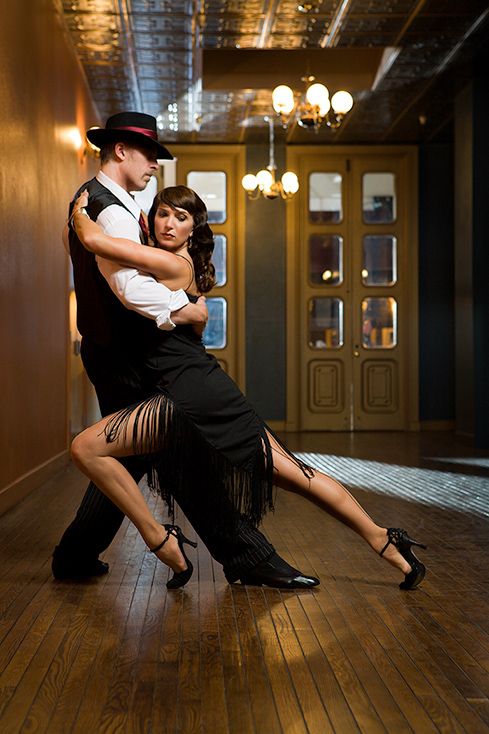
Tango relies quite a lot on scientific or mathematical techniques but also takes a desire to let one’s natural instinct be in control, which is innate and embedded in everyone’s subconscious since birth.
Argentine Tango is like a puzzle that gets put together differently each time. With so many ways to dance it, some tango dancers overdo it, adding more elements than it really needs. The beauty in Tango, In truth, lies in its outer simplicity and inner complexity.
After mastering the art of intuition and creative thinking, along with these five basic steps, all else will depend on the chemistry with a person you never knew existed, at least not until they begin to dance, which transcends any written and spoken languages.
Learn about Argentine Tango
Signup to get our most current articles, info about classes and events, and special deals!
Argentine Tango, Beginner Tango, Tango Knowledge, Tango performance, Tips for dancingAnita Flejtertango music, tango musicality, la cumparsita
0 Likesleading the cross and the notorious 8-step-sequence
Although in Argentine tango there are no pre-defined figures or steps, leading the cross – often in the 8 step sequence – is one of the first things taught in all dance schools.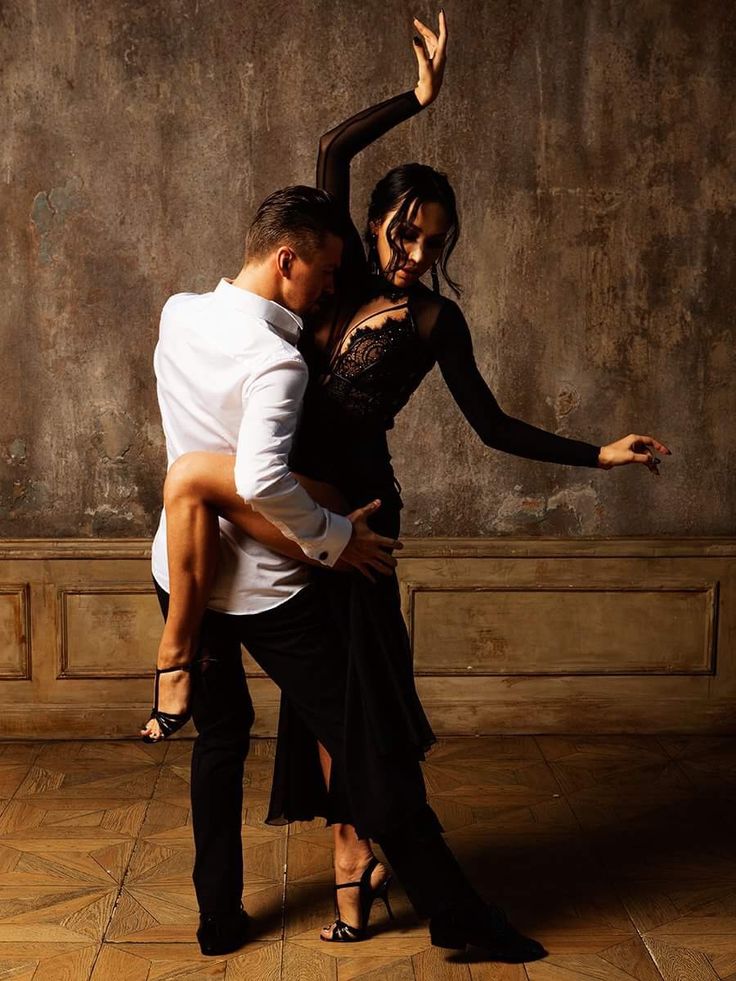 You might have heard of this sequence as 8 count basic.
You might have heard of this sequence as 8 count basic.
The methods used to teach leading the cross vary from teacher to teacher but as mentioned above the 8 step sequence is frequently used.
Why is that? With these 8 simple steps we can prepare and lead the cross, closing down the sequence.
This is all nice and simple but as a teacher I beg you NOT to practice or teach 8 step basic starting with a back step!!!
If the leader starts walking against the line of dance he can easily stumble across others’ legs. Many places even forbid starting a dance with back steps. There are many alternative ways to leading a cross without risking a collision with others.
Disregarding the backward steps, the following videos nicely demonstrate different methods to leading the cross. The videos use mainly the parallel system to teach the 8 step basic although it is possible to use both parallel and cross systems.
Steps of the 8-sequence:
step 1 – the leader takes a step to the back.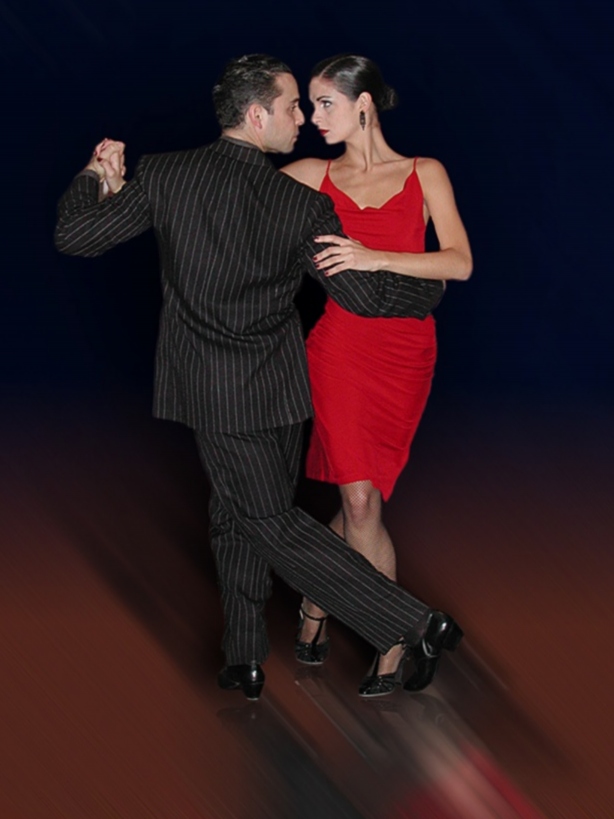 It is advised to ignore this step as the leader cannot see behind himself and could collide with others!
It is advised to ignore this step as the leader cannot see behind himself and could collide with others!
step 2 – side step or “salida” usually towards the center of the dance floor.
step 3 – the leader steps on the outside of the follower
step 4 – preparation of the cross with a forward step
step 5 – the leader closes his feet, the follower completes the cross step
steps 6-7-8 – these steps terminate the sequence
Video 1. Diego Blanco & Ana Padron 8-step basic
This lovely couple appears in my other articles as well. Their videos are great, although in this one explanations are brief and the disadvantages of the back step are not mentioned.
Video 2. Rusty Cline & Joanne Canalli 8-step basic
Although they don’t mention that the back step can be skipped, Rusty Cline & Joanne Canalli at least advise us make it a small one.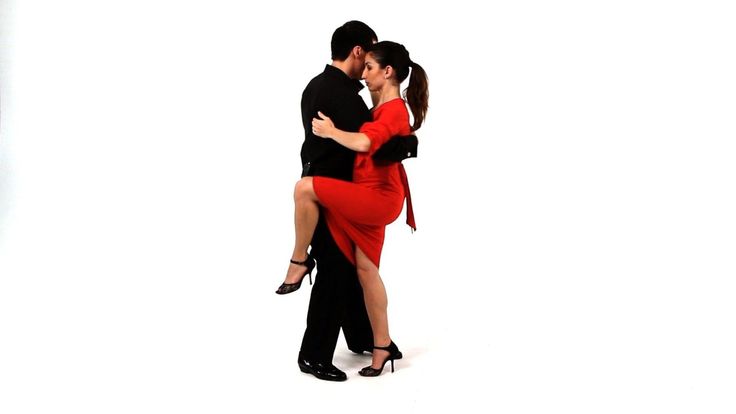
Video 3. Osvaldo Zotto & Mora Godoy basic sequence (at 1:31)
They are among the most famous tango masters. This is a classic, must-see video lesson. During the many years that passed tango evolved but their advanced figures still remain recognized.
Video 4. Dario’s tango guide (at 1:35 )
Those learning tango online will be familiar with Dario da Silva and Clair da Silva. This video begins with the embrace and moves on to leading the cross with the 8 step basic at 1:35.
Video 5. Nito Garcia & Elba Garcia 8-count basic variations
The following video is not exactly here for teaching purposes but to demonstrate the different variations for the cross by a world famous couple. Nito & Elba Garcia use both parallel and cross systems so pay attention to when and where the leader shifts from one system to the other, the rhythm & speed of the steps, etc.
Nito & Elba Garcia use both parallel and cross systems so pay attention to when and where the leader shifts from one system to the other, the rhythm & speed of the steps, etc.
Summary:
All the above videos are useful but can not substitute the advice and observations of a teacher. There are dozens of other videos on leading the cross but there is no need to see them all as it would get confusing. My advice to all learners is to pay attention to your dance tutors and use these videos as an extra support.
Further lessons can be found here.
Good luck and enjoy your practice!
Beginner's Guide to Argentine Tango
March 08, 2008
Welcome to Argentine Tango
Argentine tango has thrilled dancers for over 100 years.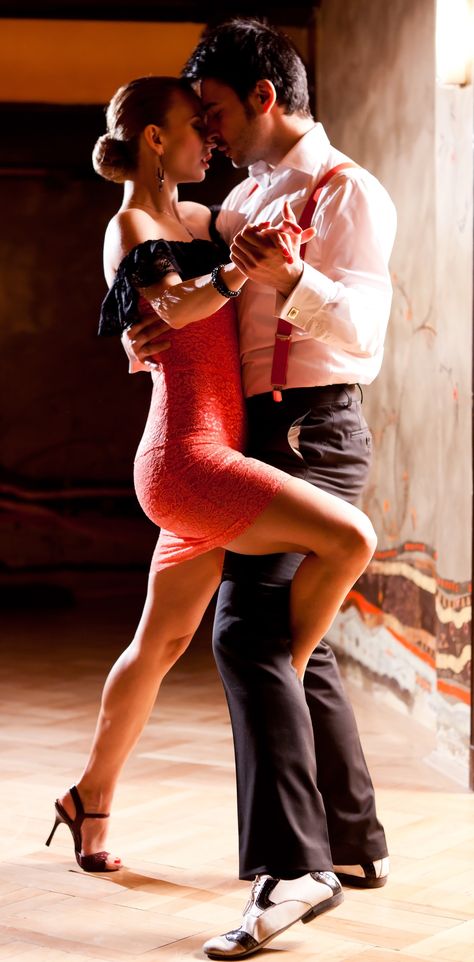 Tango is loved by dancers and audiences for its beauty, passion, drama and excitement. Learning how to dance social tango is based on improvising the movements and respecting your partner and other dancers on the dance floor. The essence of Argentine tango in life and especially in the relationship between a man and a woman. Graciela Gonzales, a leading tango teacher, calls the dance "a three-minute love story." This guide offers a brief overview of the history of tango, what to expect in class, the different types of tango danced at parties, the music, and tango etiquette. Also included are useful terms, a beginner's checklist, and some resources available on the web.
Tango is loved by dancers and audiences for its beauty, passion, drama and excitement. Learning how to dance social tango is based on improvising the movements and respecting your partner and other dancers on the dance floor. The essence of Argentine tango in life and especially in the relationship between a man and a woman. Graciela Gonzales, a leading tango teacher, calls the dance "a three-minute love story." This guide offers a brief overview of the history of tango, what to expect in class, the different types of tango danced at parties, the music, and tango etiquette. Also included are useful terms, a beginner's checklist, and some resources available on the web.
Tango yesterday and today
The exact origins of tango - both the dance and the word itself - are lost in myth and unrecorded history. According to the generally accepted theory, in the mid-1800s, African slaves brought to Argentina began to influence the local culture.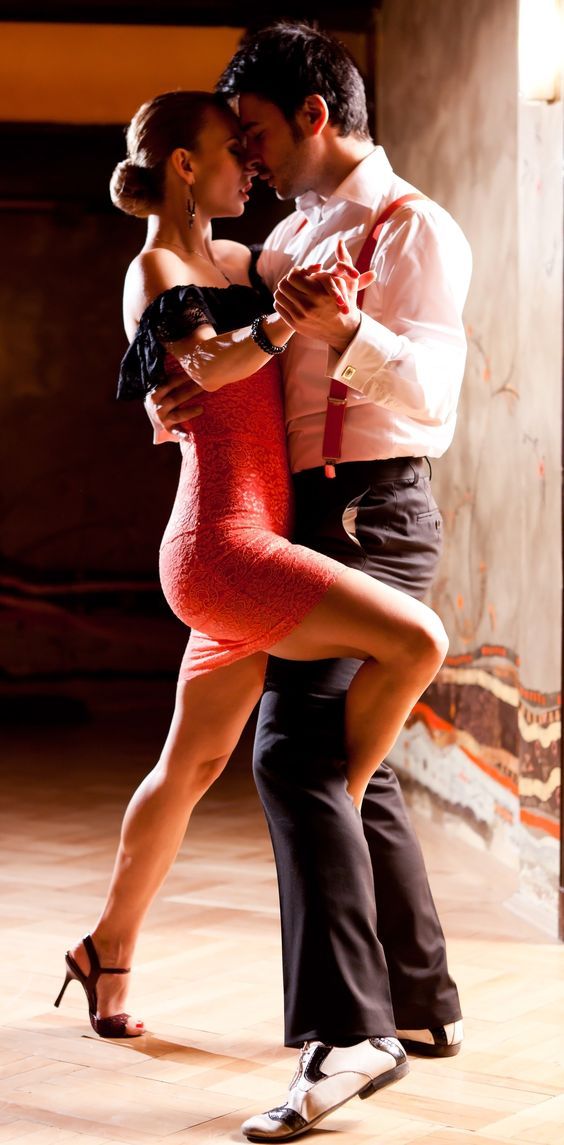 The word "tango" may be of direct African origin, meaning "closed place" or "reserved ground". Or it may have come from Portuguese (and from the Latin verb tanguere, to touch) and was used by Africans on slave ships. Whatever its origin, the word "tango" has become the standard for a place where African slaves and free blacks gather to dance.
The word "tango" may be of direct African origin, meaning "closed place" or "reserved ground". Or it may have come from Portuguese (and from the Latin verb tanguere, to touch) and was used by Africans on slave ships. Whatever its origin, the word "tango" has become the standard for a place where African slaves and free blacks gather to dance.
Argentina was subject to massive immigration in the late 1800s and early 1900s. In 1869 the population of Buenos Aires was 180,000. By 1914 its population was 1.5 million. The mixing of Africans, Spaniards, Italians, British, Poles, Russians and native Argentines resulted in a mixing of cultures, all borrowing dances and music from each other. Traditional polkas, waltzes and mazurkas were mixed with the popular habanera from Cuba and candombe rhythms from Africa.
Most of the immigrants were single men hoping to make money in this expanding country. They were usually poor and desperate and hoped to earn enough money to return to Europe or bring their families to Argentina.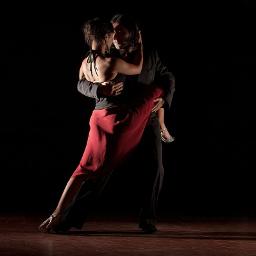 The development of tango reflects the deep meaning of their loss and longing for the people and places they left behind.
The development of tango reflects the deep meaning of their loss and longing for the people and places they left behind.
Most likely, tango was born at Afro-Argentinean dance parties attended by compadritos, young people, mostly born poor, who liked to wear fedoras, loosely tie neck scarves, wear high-heeled boots and knives casually tucked into their belts. The Compadritos brought the tango to Corrales Viejos - the slaughterhouse district of Buenos Aires - and introduced it to the various entertainments of the poor with dancing: bars, dance halls and brothels. It was here that African rhythms met Argentine milonga (fast-paced polka) music, and soon new steps were invented and taken up.
And while high society looked down on what was happening on the outskirts, the rich sons of the oligarchs of Buenos Aires did not shy away from visiting the slums. Eventually everyone learned about tango and, by the early twentieth century, tango, both as a dance and as an embryonic form of popular music, had established a firm foothold in the rapidly growing city of its birth. It soon spread to the provincial towns of Argentina and across the Plate River to Montevideo, the capital of Uruguay, where it became as big a part of urban culture as it was in Buenos Aires.
It soon spread to the provincial towns of Argentina and across the Plate River to Montevideo, the capital of Uruguay, where it became as big a part of urban culture as it was in Buenos Aires.
The international spread of tango began in the early 1900s when wealthy sons of Argentine families arrived in Paris and introduced tango to a society that was eager for novelty and not entirely averse to the risky nature of the dance or dancing with young wealthy Latinos. By 1913 tango had become an international phenomenon in Paris, London and New York. There were tango teas, tango sightseeing trains, and even tango colors that looked more like orange. The Argentine elite, shunning the tango, were forced to embrace it with national pride.
Throughout the world, tango spread during the 1920s and 1930s. The dance appeared in movies and tango singers traveled the world. By the 1930s, Argentina's Golden Age had begun. The country ranked among the ten richest countries in the world and music, poetry and culture flourished.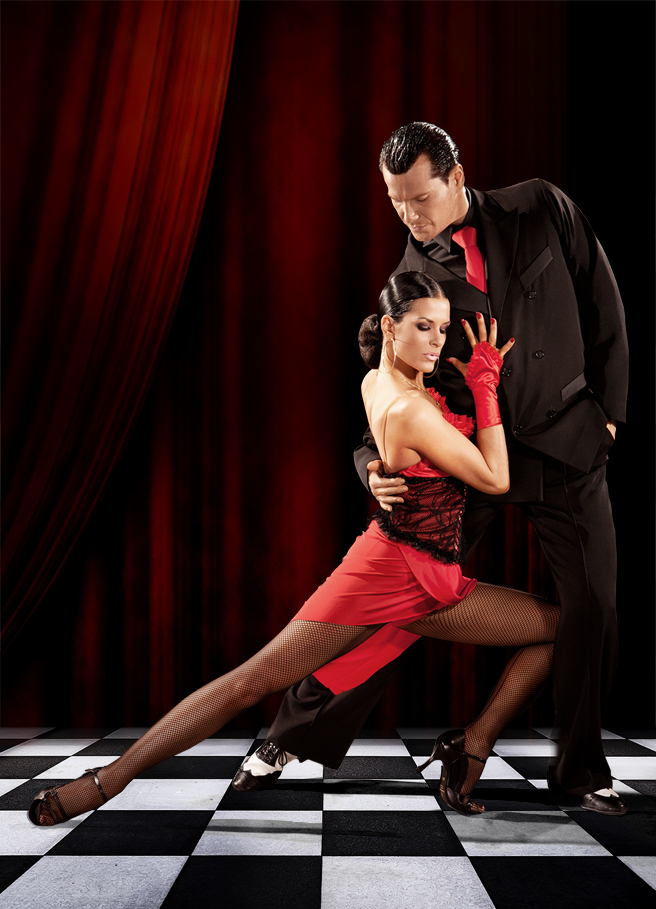 Tango became a fundamental expression of Argentine culture and the Golden Age continued throughout the 1940s and 1950s.
Tango became a fundamental expression of Argentine culture and the Golden Age continued throughout the 1940s and 1950s.
The well-being of tango has always been tied to economic conditions, and this was very true in 1950s. During this time when the politics of repression were developing, the lyrics reflected political sentiments until they began to be banned as subversive. Dance with music went underground as most dance venues were closed and large gatherings were banned altogether. Tango has survived in small, undisclosed meeting places and in the hearts of people.
The need to go underground, combined with the possible intrusion of rock and roll, led to the demise of tango until the mid-1980s, when the Tango Argentino show opened in Paris. Once again, Paris became the starting point for igniting the wave of tango around the world. The show toured all over the world and spurred a revival in Europe, North America and Japan, of which we are a part today.
Argentine tango basics
Argentine tango is an improvisational dance built from four elements: steps, turns, stops and embellishments.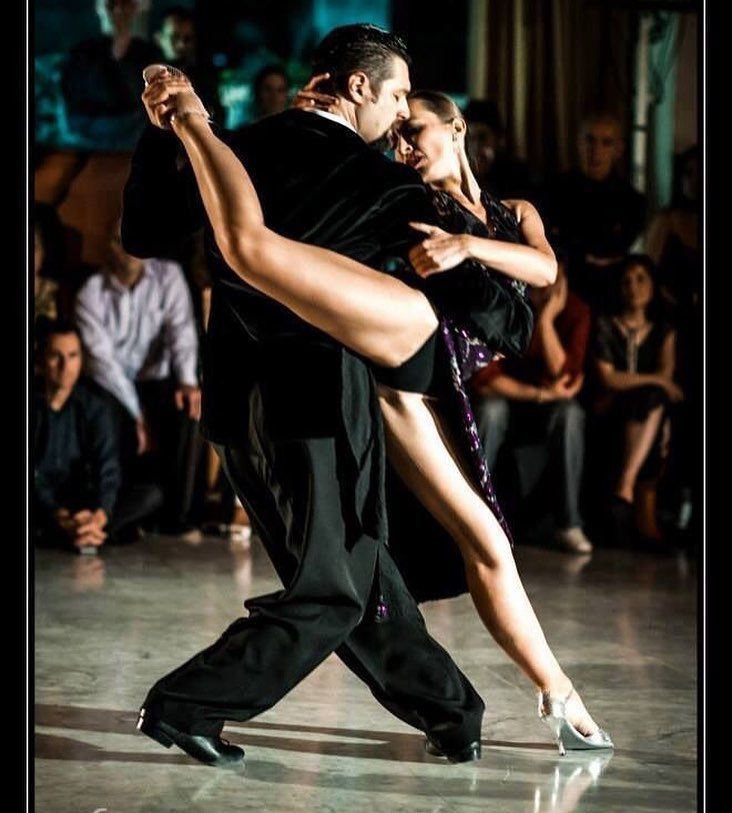 The dance is like a puzzle that is put together differently each time. Women and men bring their own styles and embellishments to the dance, which contribute greatly to an exhilarating and unpredictable experience. Even though the dancers follow certain conventions, they never know exactly how the dance will be structured, decorations added, or music interpreted. The unexpectedness possible in dancing is what makes dancing so exciting. It really gets two people into the tango because the dance is not just about the man leading and the woman following. Both partners have something to invest - as in a good conversation.
The dance is like a puzzle that is put together differently each time. Women and men bring their own styles and embellishments to the dance, which contribute greatly to an exhilarating and unpredictable experience. Even though the dancers follow certain conventions, they never know exactly how the dance will be structured, decorations added, or music interpreted. The unexpectedness possible in dancing is what makes dancing so exciting. It really gets two people into the tango because the dance is not just about the man leading and the woman following. Both partners have something to invest - as in a good conversation.
Tango is danced counter-clockwise, just like racing. The dancers try to stay on the outer edges of the hall away from the center. If you look at the tango dance floor from above, you will see the movements of the dancers like a descending river, flowing smoothly and sometimes stopping to spin in a shallow whirlwind.
Is Argentine tango the same as ballroom tango?
No.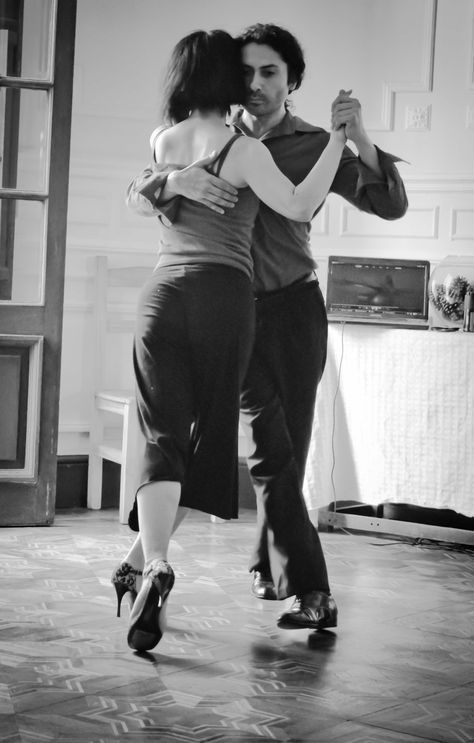 They have common roots, but the place, time and nature of the development of dances separated them. International ballroom tango is very different from social tango in Argentina. Argentine tango differs from ballroom tango in terms of position, embrace, improvisation, movement, balance, steps, and music. It is completely different from the top of your head to the bottom of the soles of the shoes you use to dance it.
They have common roots, but the place, time and nature of the development of dances separated them. International ballroom tango is very different from social tango in Argentina. Argentine tango differs from ballroom tango in terms of position, embrace, improvisation, movement, balance, steps, and music. It is completely different from the top of your head to the bottom of the soles of the shoes you use to dance it.
If you have ballroom tango experience, think of Argentine tango as a completely new dance, not as an extension of what you already know.
Is Argentine tango a stage dance?
Quite a few people are interested in dancing the tango because they have seen a tango show. The tango you see on stage is related to social tango, but very different from it. Stage tango is called "fantasy" and is more theatrical and exaggerated than social tango for the simple reason that the audience must be able to see the performance from the back row.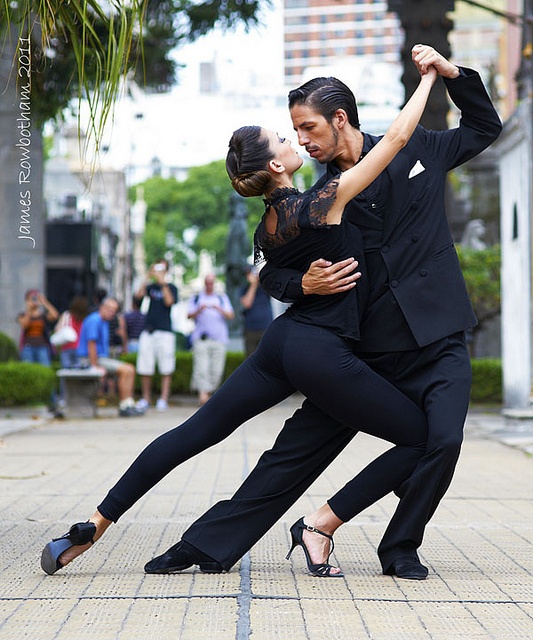
Watching a performance is a great opportunity to see tango, and (hopefully) hear a live tango orchestra. Once you hear bandoneon live, you will never forget it.
Tango classes attendance
When you start learning tango, attending a class is the best way to get your bearings on the dance. Sign up and visit regularly. All the good dancers I know are good because they signed up for the first series of classes and attended them all. Learning how to dance the tango is a wonderful commitment you make to yourself, and consistency is as important to that goal as it is to anyone else in your life. Enrolling and attending one class a month here and there will only frustrate you.
A good tango class should introduce you to the following elements of tango: step, turn, stop, navigation, musicality, and some embellishments. Tango is a dance based on steps, so you must practice this essential element. The good news is that if you already know how to walk, you only need to practice the movement with a partner. All great tango dancers work on their step. In fact, one of the best praise a tango dancer can receive is, "Look how well he's going!" No matter how experienced the students are, I have never seen a good tango teacher start a class without step exercises.
All great tango dancers work on their step. In fact, one of the best praise a tango dancer can receive is, "Look how well he's going!" No matter how experienced the students are, I have never seen a good tango teacher start a class without step exercises.
Once you've "walked your miles", you'll learn how to turn around, how to momentarily stop on the floor, how to navigate a crowded room, how to listen to and learn different types of tango music, and how to add your own signature to the dance in the form of embellishments. Since tango is an improvisational dance, you should also pay attention to this aspect of the dance. Tango is a dance that you create on the fly with another person. It is not memorizing a sequence of steps that is repeated every time. Improvisation is one of the most beautiful aspects of tango and is what makes the dance endlessly interesting.
Do I need a partner?
You don't need a partner to start learning to dance the tango.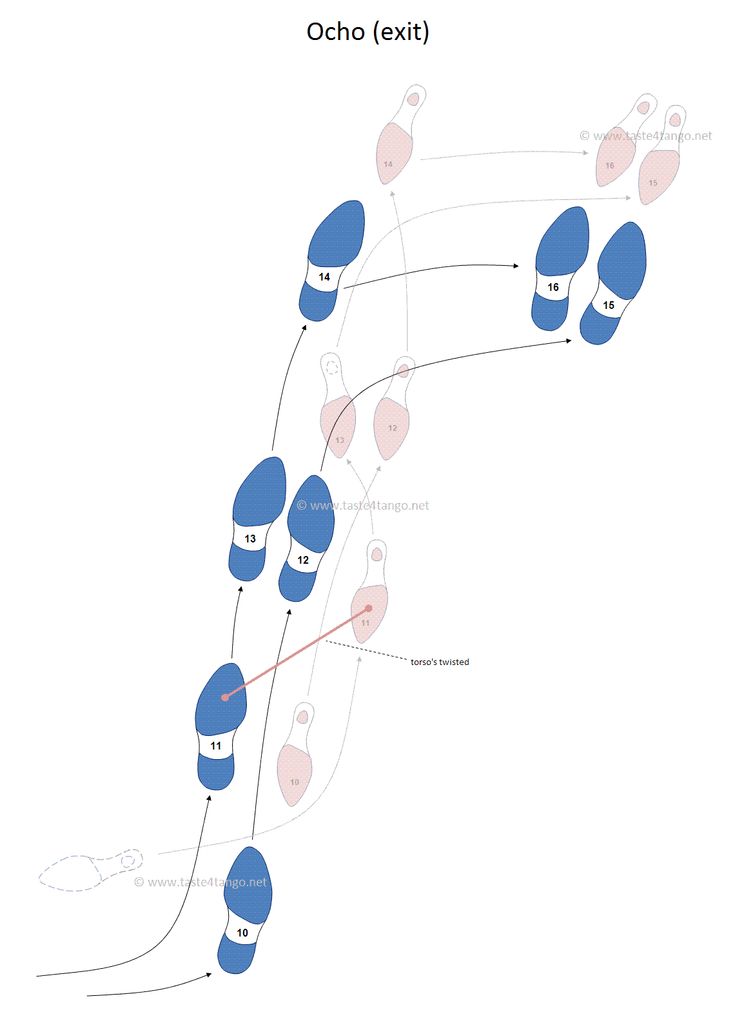 There are always loads of people taking classes and not everyone usually comes with a partner. In my experience, most come without a partner. If the class has a gender imbalance, the teacher can ask people to change each other and so everyone has a chance to learn. Don't let the absence of a partner stand in your way of learning.
There are always loads of people taking classes and not everyone usually comes with a partner. In my experience, most come without a partner. If the class has a gender imbalance, the teacher can ask people to change each other and so everyone has a chance to learn. Don't let the absence of a partner stand in your way of learning.
Tango teachers
If you are lucky enough to live in the city with at least one tango teacher, give them a try. They can be your first guides to the world of tango. In addition to teaching classes, local teachers usually help organize (or know about) seminars with visiting teachers. If there is more than one teacher in your city, take a few classes from all of them. Visit their practices and dances. See whose teaching and dancing style you like and whose teaching method is right for you. In my experience, the best tango teachers are the ones who bring out the best in you rather than trying to make you fit into their particular style (which is usually quite interesting to them).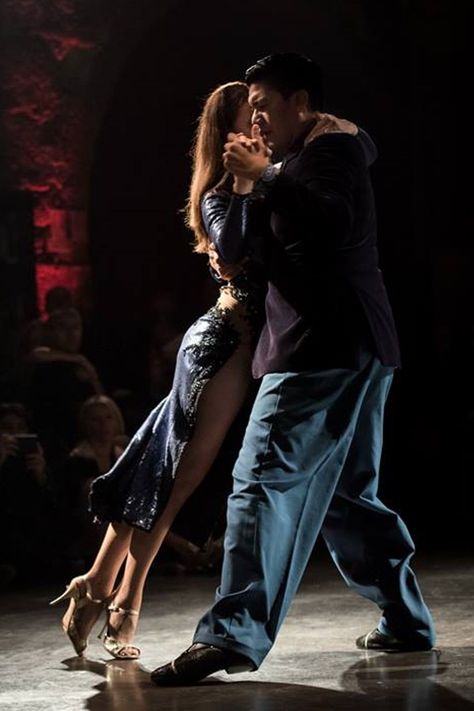 If you feel that the class is friendly, it might be right for you.
If you feel that the class is friendly, it might be right for you.
Video training
If a local teacher is not available, there are many videos available to study. If this is your case, then you will need a study partner. Even if you learn by video, I recommend traveling occasionally to take classes (group or private) and attend dances to experience dancing with other people. You can learn a lot from videos, but real hands-on experience is indispensable.
Seminar attendance
Once you are comfortable with the important elements of tango, you may want to attend (in your own city or elsewhere) special workshops that provide an opportunity to meet and learn from some of the world's best professional dancers. In addition, several week-long workshops held in Argentina or anywhere else in the world offer an incredible chance to combine travel with tango learning.
Teachers come for many reasons.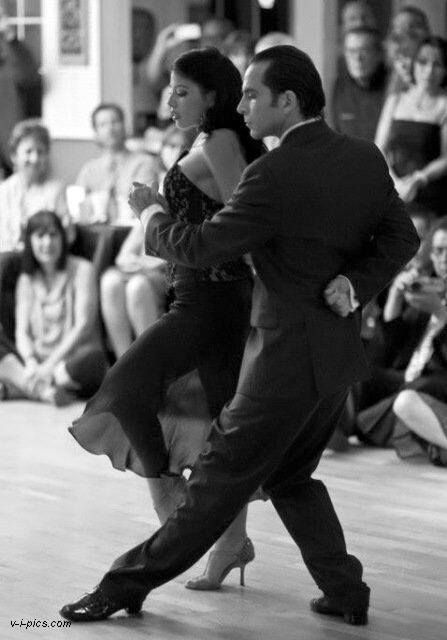 Find out in advance from local organizers or dancers if the teaching style and level of dance experience expected in the class is right for you. If visiting teachers offer classes for beginners, check them out. You never know who will provide the correct information to give a clear understanding.
Find out in advance from local organizers or dancers if the teaching style and level of dance experience expected in the class is right for you. If visiting teachers offer classes for beginners, check them out. You never know who will provide the correct information to give a clear understanding.
At the beginning of your study of tango, you will probably take seminars from as many different teachers as you can. Over time, however, you will find that certain instructors have a style of teaching and/or dance that suits your inclinations, and you will likely narrow down the number of people you learn from. You have an amazing variety of teachers and places to dance in - the whole world.
Private lessons
Private lessons with local or visiting teachers are a great way to have someone evaluate and recommend your own dance. When a teacher can practice your dance without having to look at 40 other people at the same time, you can really learn a lot more.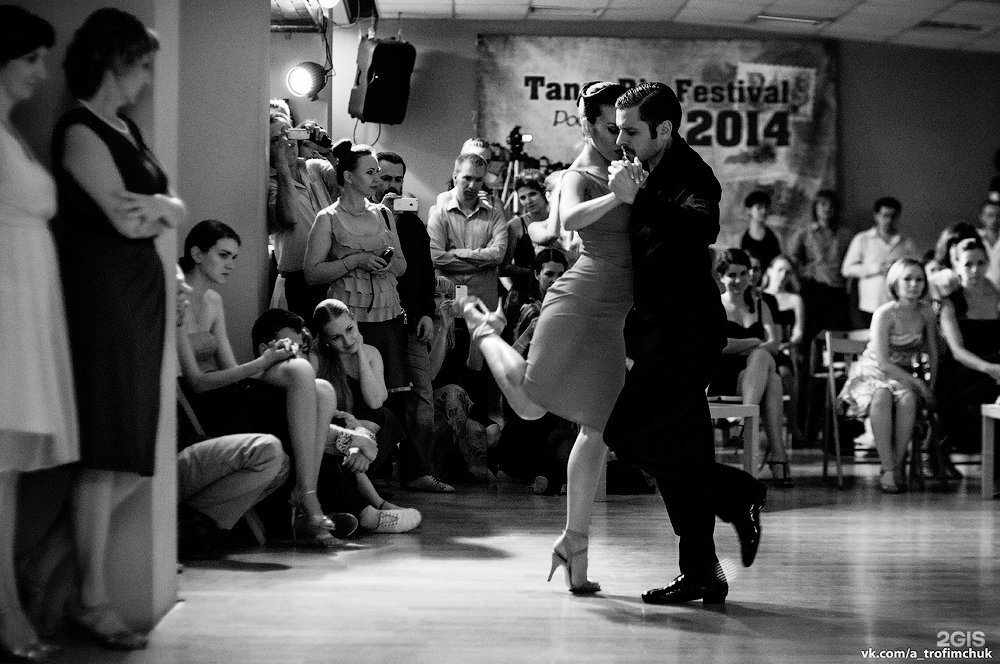 One hour of a private lesson with a great dancer can save you hours of frustration and help you avoid painful mistakes - both emotional and physical.
One hour of a private lesson with a great dancer can save you hours of frustration and help you avoid painful mistakes - both emotional and physical.
My recommendation for spending your money on private lessons is: (1) start taking group classes to see if you like tango, (2) attend a group class for at least two months to get the basics right, and (3) attend milongas (tango parties) and dance for hours. Once you've done these things, look around and see if there's a local teacher you'd like to take a private lesson with. Or perhaps a visiting teacher will arrive with whom you would like to study. Most visiting teachers give private lessons in addition to any seminars they give. Keep in mind that different teachers may have different requirements for private lessons (like the requirement to come with a partner) and they can be very limited in delivery.
If you don't have a local instructor, going to a private lesson will be the only way to get personal feedback. Here my recommendations are slightly different. Search the Internet for local teachers nearby or for teachers who can teach a seminar in the city you are interested in attending. Talk to everyone you can about their recommendations as to whether the teachers are suitable for beginners, their style, etc. Tango dancers love to talk about tango, so don't hesitate to call or email someone. Then plan some private lessons spread over several days. Don't try to pack too many things into one day - your brain needs time to figure it out and your muscles need time to assimilate new movements.
Search the Internet for local teachers nearby or for teachers who can teach a seminar in the city you are interested in attending. Talk to everyone you can about their recommendations as to whether the teachers are suitable for beginners, their style, etc. Tango dancers love to talk about tango, so don't hesitate to call or email someone. Then plan some private lessons spread over several days. Don't try to pack too many things into one day - your brain needs time to figure it out and your muscles need time to assimilate new movements.
One word of caution about private lessons. Beware of teachers who force you to take lessons from them. Some teachers like to visit beginners and try to make them believe that private lessons with them cut down on tango learning. In my experience, teachers who tell you how much better you could be if only you had a few private lessons with them are usually just after your money. There are no cuts. Save your money for the instructors who are here to enrich your tango experience, not your pockets.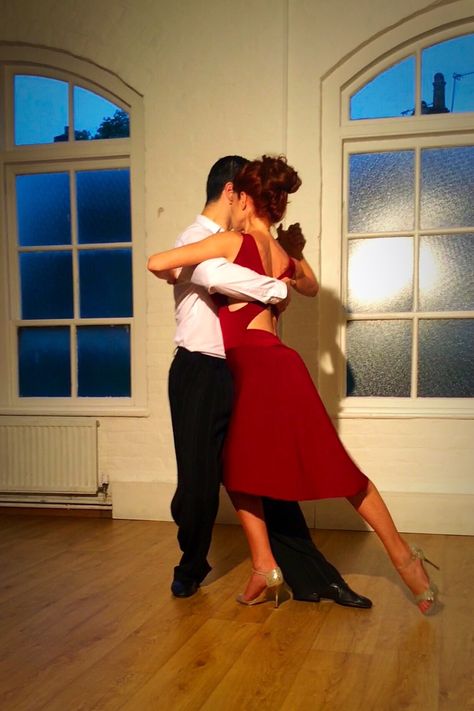
Practice, practice, practice
One of the most important aspects in learning tango is self-practice. If there are weekly practices in your city, choose one or two or three and go. Otherwise, rent a space in a studio or dance in your living room. I have found that regular practice is the most important element in becoming an accomplished tango dancer. It is also a good way to meet other people in the tango community who are more experienced in dancing. They can be a good source of answers to questions.
Tango shoes
Finding the greatest tango shoes is part of the fun of dancing. Tango is usually performed in boots with leather soles that fit well on the feet. Strappy shoes for women and lace-up shoes for men are the most common. Women must also wear heeled shoes. In the beginning, open-toed women's shoes and men's buckle boots are usually a disaster. There are boots designed specifically for tango dancers, but the key is to find boots that support your feet, keep your toes from squishing, and are comfortable enough to dance for hours on end. I don't recommend ballroom dancing shoes because they lack support and suede soles.
I don't recommend ballroom dancing shoes because they lack support and suede soles.
No matter what shoes you dance in, everyone should add cushions to their shoes. I recommend Spenco pillows because they are incredibly comfortable, resilient and durable. Dr Scholl's foam pillows are fine, but avoid the expensive and useless blue, gel-filled pillows. They seem like a good idea - a waterbed for your feet - but extremely disappointing.
Tango family
There are actually three tango dances - each with its own music - in Argentine social dance. All three will be performed during the dance evening. The first one is just tango. This is the dance that most people would recognize as tango and the dance that most beginners learn first. His music is typically based on a slow, steady beat of four. The second dance is called the milonga. Milonga is a fast paced dance based on simplified tango steps. It has almost the same rhythm and feel as the polka.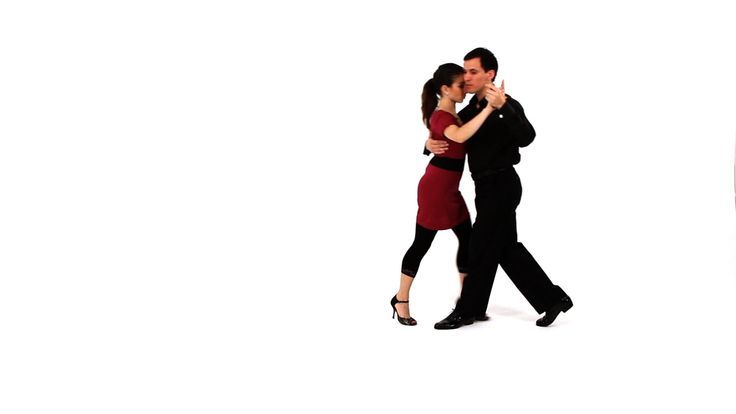 Milonga music is historically older than tango music, but the dance itself is actually newer. Milonga is a dance just for fun. The third is the tango waltz, called vals or vals cruzado. The music of the tango waltz is based on the classic 1-2-3 waltz, but in this type of tango, the dancers usually dance in one.
Milonga music is historically older than tango music, but the dance itself is actually newer. Milonga is a dance just for fun. The third is the tango waltz, called vals or vals cruzado. The music of the tango waltz is based on the classic 1-2-3 waltz, but in this type of tango, the dancers usually dance in one.
The word "milonga" has three uses in tango. It means (1) milonga dance, (2) milonga dance music, and (3) tango dance party. For you, maybe dance milonga to milonga to milonga. And believe me, it's great!
Styles of Argentine Tango
Argentine tango has different styles that you can hear people refer to. They will say: "Oh, he is a milonguero dancer" or "She dances in the salon style." Styles are as unique as the dancers and I think it's rather silly to try to categorize them. Just remember that if you hear the terms "salon", "milonguero", "fantasy", or "orillero" then someone is talking about a certain style.
As with any form of art development, it is impossible to try to impose rules. There are new ones every day and dancers find ways to play with them and incorporate them into their dance. In the past few years, styles known as nuevo and liquid have emerged. Who knows what will happen next? All we know is that it will come.
There are new ones every day and dancers find ways to play with them and incorporate them into their dance. In the past few years, styles known as nuevo and liquid have emerged. Who knows what will happen next? All we know is that it will come.
A description of the different styles is presented in the article "Argentine tango and styles".
Tango music
The history of tango music is as rich and interesting as the dance itself. Tango music in Argentina developed in much the same way as swing music in the United States. It started as simple rhythms played for dancers by orchestras led by some colorful and charismatic bandleaders. Over time, simpler rhythms developed into more complex ones. And finally framed in a large number of jazz-like interpretations, became less suitable for dancing, but became wonderful to listen to.
Tango music is probably most different from other types of music in two ways: the bandoneon and the lack of drums. The Bandoneon is a German instrument that looks and feels like a descendant of the accordion and organ. In fact, the instrument was invented to provide organ-like music to church congregations unable to provide a real organ. Like many immigrants to Argentina, bandoneon found its way into its culture and left an indelible mark on it.
The Bandoneon is a German instrument that looks and feels like a descendant of the accordion and organ. In fact, the instrument was invented to provide organ-like music to church congregations unable to provide a real organ. Like many immigrants to Argentina, bandoneon found its way into its culture and left an indelible mark on it.
You may also notice that there are no drums in tango music. The beat is preserved in the bass and lower piano registers with (usually) bandoneons, while the violins and upper piano registers provide captivating rhythms.
When you start dancing tango, you will most likely be dancing to the most rhythmic music of the 1940s and 1950s, known as the golden age of tango. Music from the late 1930s is good for learning how to hear the beat and feel the rhythm. As you become more experienced, it becomes very interesting to interpret later music (including modern tango orchestras) with its most modern jazz rhythms.
To develop your understanding of music, you can consult the guide Music for Dancers New to Argentine Tango.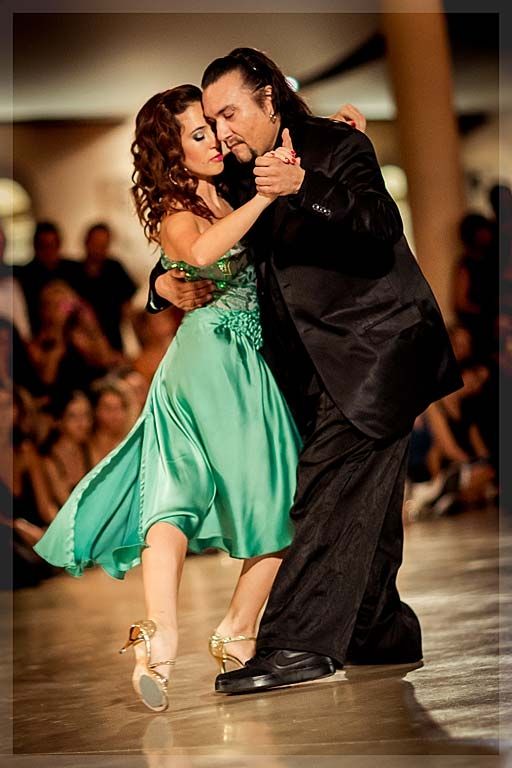 It lists CDs well suited for dancers first learning to hear the rhythm of Argentine tango music.
It lists CDs well suited for dancers first learning to hear the rhythm of Argentine tango music.
Milonga (tango dance party)
The pure joy of dancing tango is found in the milonga. Milonga refers to a party where tangos, milongas and waltzes are performed.
What is tanda?
In milonga, music is played in sets called "tandas". Usually three or four songs are played by one orchestra, followed by a "cortina" (curtain) that signals the end of the tanda. If you invite someone to dance and they agree, it is supposed to be an invitation to the whole tanda.
Cortinas are interesting little details in milonga. Cortina is unique to every DJ. Some will choose one cortina for the evening, and some will use a different one for each tanda. Some are humorous; some get stuck in the ears; some are just beautiful music. In any case, cortina is supposed to be a piece of music that people know not to dance. This is a signal for you to smile, say thank you and (possibly) change partners.
This is a signal for you to smile, say thank you and (possibly) change partners.
How to ask someone to dance
In Argentina, men invite women to dance with a look - a certain look, a movement of the head towards the dance floor, or a smile that says, "would you like to dance with me?" This can happen across the room if the eye is caught. If a woman wants to take a dance with a man, she smiles back, and (most importantly) keeps looking at him as he approaches her. The slightest glance to the side is usually interpreted as a signal: "I changed my mind and don't want to dance." This system is wonderful, but full of pitfalls. What if the inviter is looking at the woman behind you? Did you really see "yes", or maybe "maybe?"
As we participate in this Argentine art form, the practice of inviting to dance with the gaze is respected to some extent. In many areas of the world, however, you can ask to dance directly or with your best Argentinian look.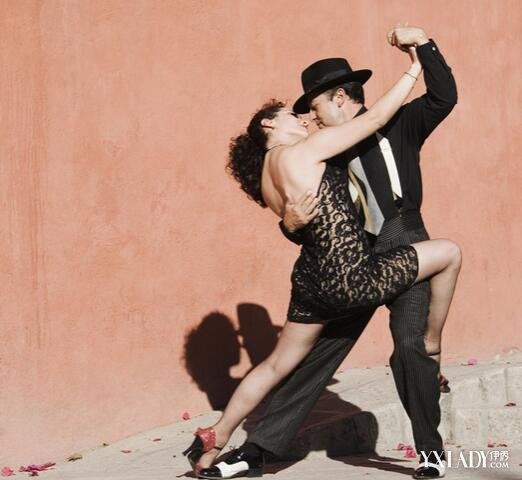 As with dance, practice makes perfect.
As with dance, practice makes perfect.
Accept a dance or say "No thanks"
To accept the dance is enough just to say "yes". You can do it with your own eyes - keep an eye on the people who use the Argentine way, or accept a direct invitation.
It's also perfectly acceptable to say, "no, thank you." If you accept the dance, remember that it will probably last until the end of the tanda, which could be three or four songs if you start at the beginning. If either one of you decides that one or two dances is enough, anyone can just say "thank you" and start walking off the dance floor. As soon as you say "thank you" to someone in a polite manner, the dance with that person is over.
Milonga beginner
As a beginner, you will either be eager to dance with everyone, or you will hesitate to be noticed as a beginner. If you want to dance, go and dance. Just remember that tangos are danced in lines that keep moving and more experienced dancers tend to stay on the outside.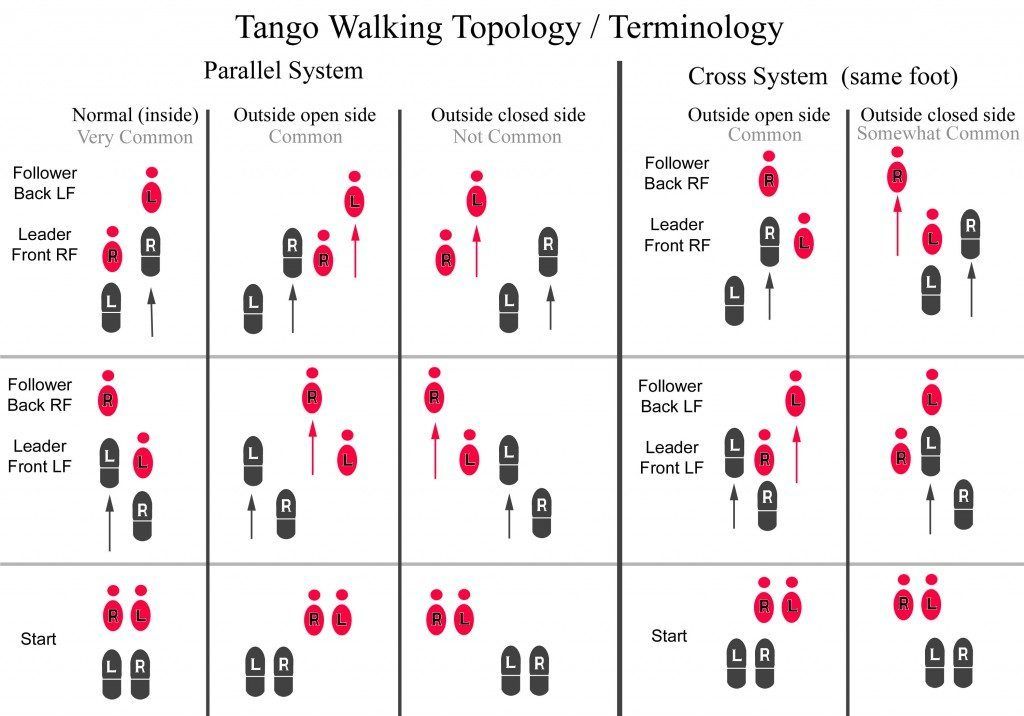 If you hesitate, I can guarantee that everyone in the room was a beginner at one time and understands how the experience gets in the way when you look around and see everyone slip when you only know three moves. Even someone who only dances two weeks longer than you will look like they've been dancing for years. I can't explain it, but it always happens that way.
If you hesitate, I can guarantee that everyone in the room was a beginner at one time and understands how the experience gets in the way when you look around and see everyone slip when you only know three moves. Even someone who only dances two weeks longer than you will look like they've been dancing for years. I can't explain it, but it always happens that way.
The way to become a good dancer is to present and dance. As Woody Allen once said, "98 percent success is in the presentation."
Useful tango terms
The following terms are often used to describe some of the basic elements of tango:
- adornos - jewelry
- amague - fake
- arrastre - drawing
- barrida - sweeping
- boleo - not translated (a specific movement that can be done high or low)
- caminar - basic walking template tango
- cruzada - cross
- corrida - rhythmic run (walking at an accelerated pace)
- enrosque - twisting movement during turning
- freno - brake (blocking foot)
- gancho - hook (movement type)
- giro - turn
- lapiz literally means pencil (to draw a circle on the floor)
- mordida - literally means "bite" (used when legs form a sandwich)
- ocho - "eight" (part of the turn)
- parada - stop
- salida - literally means "exit", but in tango it is the main entrance to the dance
- sacada - offset
For a more complete list of terms, see Ed Loomis' Guide to Tango Terminology.
Beginner Checklist
Here is a list of things a beginner should do:
Leader:
- Know how to ask someone to dance
- Follow the dance line and stay on the line
- Move smoothly
- Keep your balance
- Keeping the rhythm (even at the cost of more bizarre steps)
- Know where you and others are on the floor
- Know how to walk, turn around, stop and hold some decorations
- Know how to break a stride to avoid being hit by another pair
- Know how to connect the basic elements to form a dance
Follower:
- Know how to accept or reject a dance
- Wait for guidance
- Go smoothly and go well to the cross
- Keep your balance
- Keep the beat
- Know about others on the floor
- Know how to walk, turn, stop and do some decorations
Once you master the items on these lists, you will become an average dancer. As an average dancer, keep working to dance with more improvisation; to improve your stance and balance; to interpret music on a more complex level; to be able to combine many basic elements and form new steps in the dance, or perhaps create your own.
As an average dancer, keep working to dance with more improvisation; to improve your stance and balance; to interpret music on a more complex level; to be able to combine many basic elements and form new steps in the dance, or perhaps create your own.
http://www.tejastango.com/beginning_tango.html
by Susan August Brown
techniques, basic steps and movements for beginners
Contents
Tango is one of those disciplines that can be mastered at any age. It is not so much the technical elements that are important here, but the emotions of the performers, their energy and ability to improvise. In the northern capital, tango is especially loved: milongas are regularly held in St. Petersburg - dance parties at professional venues and just in the open air. To help you plunge into the world of Argentinean passions and master one of the most spectacular directions, professional mentors of the La Boca dance club are ready.
A few words about tango
A playful pair dance is distinguished by its free composition, but at the same time a very clear rhythm.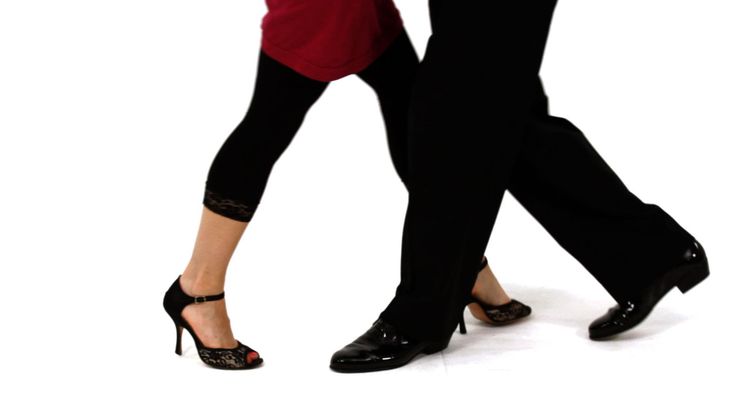 Tango is a popular Argentinean direction that "ripened" at home, and then conquered the whole world. The main thing in this dance is to be able to improvise without losing the rhythm, and to feel your partner. It is in the pair that the individual style of the performers is developed, their own decorations and unique combinations of movements are born. Professional tango performers say that in the first place is the fusion of hearts, and only in the second place is technique. No one ever knows how the dance will turn out in the end, and this is its unconditional dignity!
Tango is a popular Argentinean direction that "ripened" at home, and then conquered the whole world. The main thing in this dance is to be able to improvise without losing the rhythm, and to feel your partner. It is in the pair that the individual style of the performers is developed, their own decorations and unique combinations of movements are born. Professional tango performers say that in the first place is the fusion of hearts, and only in the second place is technique. No one ever knows how the dance will turn out in the end, and this is its unconditional dignity!
Sign up for a trial lesson
Basic tango moves
Due to the fact that tango is suitable for all ages and any physical form, you can start mastering this direction at home. Even before practicing the elements in front of the mirror, you need to really feel the tango music, listen to different pieces and try to swing to them. If you originally started dancing with a partner, learn how to hug in the tango style:
- A man grabs a woman, placing his right hand on her back - just below the shoulder blades.

- The partner's right hand is placed on the partner's left hand.
- The woman also clasps the man with her left hand - the hand is located in the middle of his back.
In tango, it is important to move mirroring each other. It is optimal to achieve such unity at home, by the mirror.
How to dance tango correctly
Learning tango with the help of a tutorial is very difficult: step by step videos describe the movements, but not the general mood of the dance. You can learn to improvise only by regularly practicing in a circle of like-minded people, so you should contact a dance school. To perform tango beautifully and excitingly you will be taught by an experienced mentor.
Here are a few things to keep in mind during class:
- Learn to keep your posture, and not only while dancing: a slightly raised head, straightened shoulders and a straight back always look good;
- The traditional tango rhythm is "slow, slow, fast, fast, slow.

Learn more


